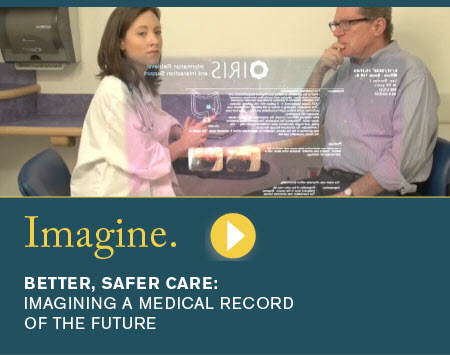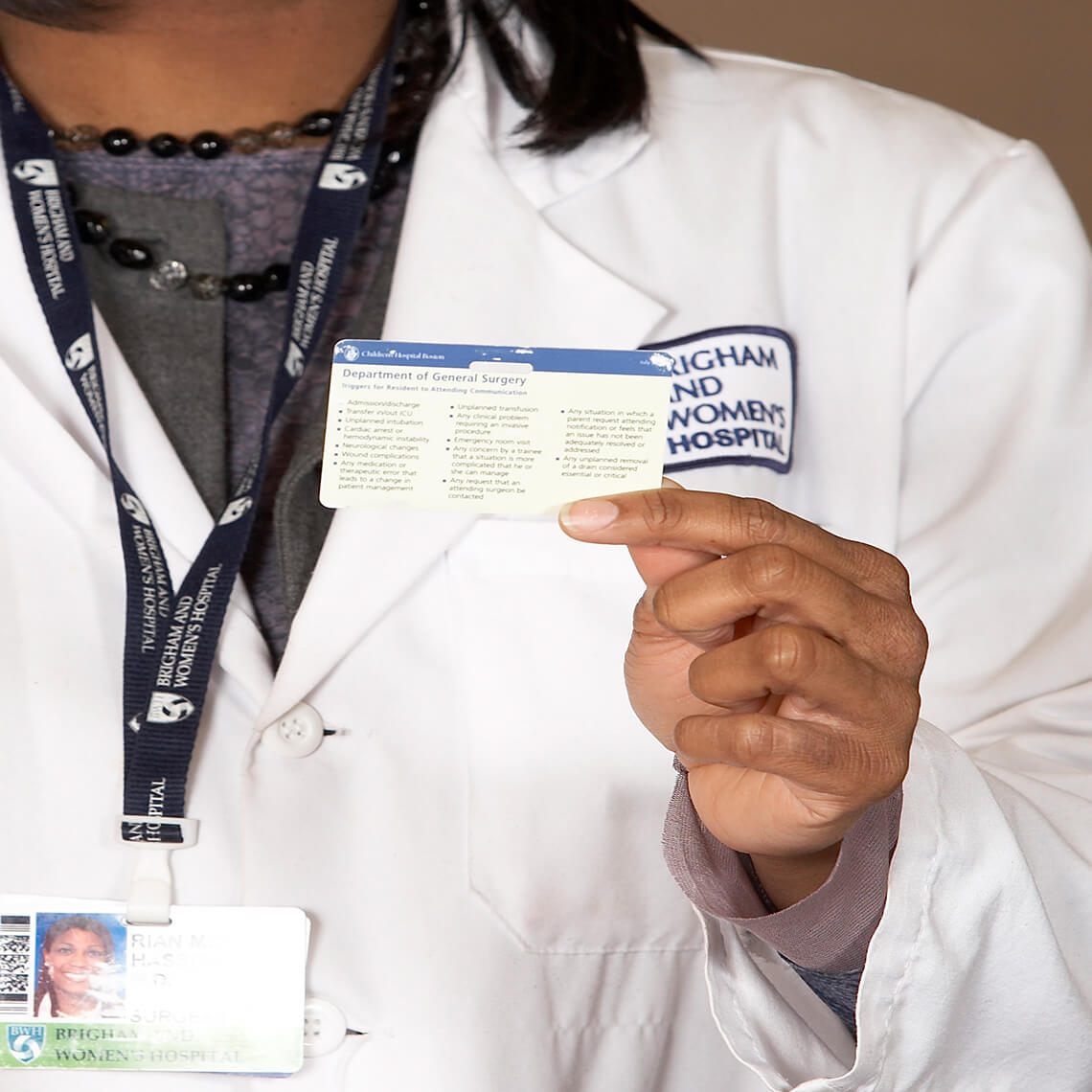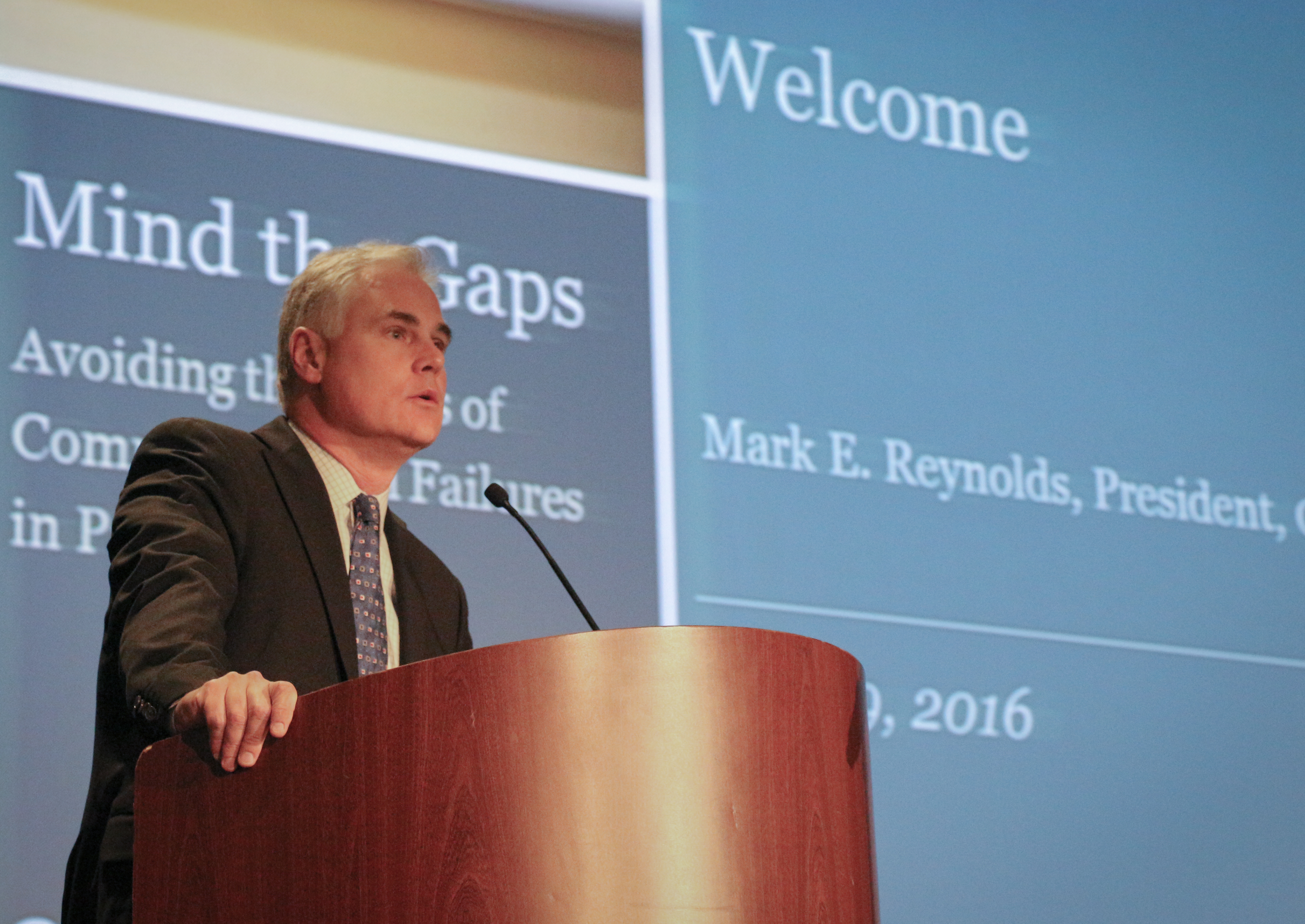Blog Post
Imagining an EHR that Reduces Clinician Burnout

Part 1: Defining the Problem
It has been well-documented that 30–65 percent of physicians in the United States exhibit signs of burnout, and unfortunately the trend is increasing. Indeed, at my institution, we’ve found in a bi-annual survey of nearly 2000 practicing physicians that the rate of burnout has increased from 42–46 percent over the past three years, with some departments registering over 70 percent burnout rates.
I’m going to bet that most patients would not be thrilled to know there’s a 1-in-2 chance their doctor is burned out, and that odds are more than even that their doctor is distracted by the checklists and technologies assailing them in the exam room. And for health system leaders, health policy planners, regulators, payors, and risk-management thinkers, the cost and risks of a burned-out U.S. physician population are unsettling.
“ But is the situation unsettling enough that we are willing to do something about it? And if yes, what can we do? Can we leverage the EHR as one of the solutions to burnout, rather than a cause?”
Generally, physicians in staff meetings reflexively blame the electronic health record (EHR) for the increasing clinician burden that leads to burnout. Their response usually involves some combination of frustrated protest and learned helplessness. But as a practicing physician who also appreciates the history, limits, and growing edges of health information technology, I suggest a more nuanced and even hopeful assessment and prescription. To me, the EHR has been a response to structural, financial, and regulatory changes in U.S. health care.
“ The way to mitigate clinicians’ burden, return doctors to the joy of medical practice, and improve the safety and efficacy of patient care is to rethink how the EHR is designed and implemented, rather than simply vilify it.”
To accomplish this transformation, we must first define the sources of burden that lead to physician burnout. Then we can design solutions that work with and outside the typical EHR to mitigate each of those burdens and help propel our clinicians toward a better way of delivering health care.
“ Let’s look again at the bi-annual survey of physicians in my institution. Having identified the degree of burnout across departments, we probed deeper and asked our doctors to name the sources of their burnout.”
Not surprisingly, they identified the major culprit being the administrative burden of taking care of patients. In other words, the dozens of tasks associated with patient care that do not include talking directly with patients, laying on hands, or performing procedures, are stressing our physicians. It is bad enough that 62 percent of them say their administrative duties affect their overall ability to deliver high-quality care; and 56 percent of them say those administrative burdens affect their ability to focus during patient encounters. And the tasks themselves? Here are some of the most cited offenders:
- Documenting the ambulatory clinical encounter
- Medication reconciliation
- Managing clinical messages (the “In Basket”)
- Patient communications
- Test result management
- Dealing with prior authorizations

Most physicians would admit that any single administrative task in this list—perhaps excepting the onerous prior authorization process—has clinical importance. Yet, when taken in aggregate, the experience of having to tick through these and many other tasks during each patient visit, day after day, leads to the fatigue, stress, anxiety, and even depression that cause burnout.
“ Now that we have called out the culprits, let’s dive into potential solutions.”
In a series of posts to the CRICO blog, I’m going to explore the strategies and tactics that can be brought into play today to help reduce administrative burden in healthcare and physician burnout. I will also look toward the future of healthcare and digital health technology to envision an environment where patients and their doctors are returned to a healing and human relationship where the tech becomes a supportive enabler, and not the dictator of that relationship. Topics we will explore include:
- Delegation of clinical tasks
- Centralization of clinical resources
- Leveraging the data journey
- Being intentional about use of artificial intelligence
- Bringing the right digital health technologies to the bedside, exam room, and the patient’s home
- Rethinking documentation, billing, and compliance
- Making patients true members of their own care team
There is hope for the future — but it relies on our being aware of the options and willing to change the culture and structure of healthcare.
Stay tuned, friends, for more thoughts!
Dr. Ting is the Chief Medical Information Officer of the Massachusetts General Physicians Organization, and a practicing medicine-pediatrics primary care physician at the Massachusetts General Hospital.
Related Blog Posts
Investing in Patient Safety


Mind the Gaps: Learning How to Avoid Miscommunication Pitfalls
January Safety Salute | MedStar Health Creating a Just Culture

